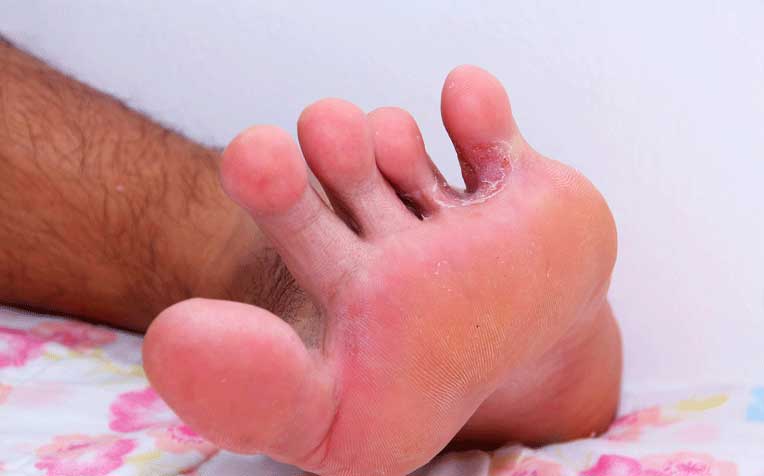

Ringworm infection can occur on the feet, groin, and scalp.
Ringworm: What is it
Contrary to its name, a ringworm infection is not caused by a worm but by a fungus. It can be contagious and is often characterised by a red circular rash with clearer skin in the middle.
Offering tips about what to do if you have a ringworm infection is the Department of Dermatology from Singapore General Hospital (SGH), a member of the SingHealth group.
Ringworm is a fungal infection affecting the skin, hair or nails. These fungi are not normally found on human skin but can infect us from other infected individuals, animals, objects and even soil.
Common types of ringworm infection
While a ringworm infection can appear virtually anywhere on the body, it tends to affect skin on the feet (tinea pedis, also called athlete’s foot) and groin area (tinea cruris, also known as jock itch).
These areas are frequently affected because of the warm and moist environment they offer, which is ideal for fungal growth.
1) Ringworm of the scalp
Children are more prone to ringworm infection of the scalp. This condition, called tinea capitis, often displays signs such as:
- Patches of scaly skin on the scalp, which may be sore
- Itchy scalp
- Patchy hair loss
2) Ringworm of the foot
For athlete’s foot (tinea pedis), apart from an itchy, dry, red rash between the toes or side of the foot, other symptoms include:
- Cracked skin in the affected area
- Blisters that may ooze or crust
- Burning or stinging sensation of the skin
3) Ringworm of the groin
In cases of jock itch (tinea cruris), symptoms commonly experienced are:
- Red-brown sores (not necessarily ring-shaped) that may have blisters or pus-filled sores around the edge
- Itchiness and redness around the groin area such as the inner thighs and bottom (genitals are usually unaffected)
- Scaly and flaky skin on the inner thighs
It is not uncommon to develop jock itch in combination with athlete’s foot. This is because scratching your foot with your hand may cause you to unknowingly transfer fungal spores to your groin area when dressing or going to the toilet.
Ref: R14
Also, check out our other articles on skin health:
Dry Skin: Causes and Coping Tips
Contributed by
Related Articles
Public Events
Get the Health Buddy App
© 2025 SingHealth Group. All Rights Reserved.















 Get it on Google Play
Get it on Google Play